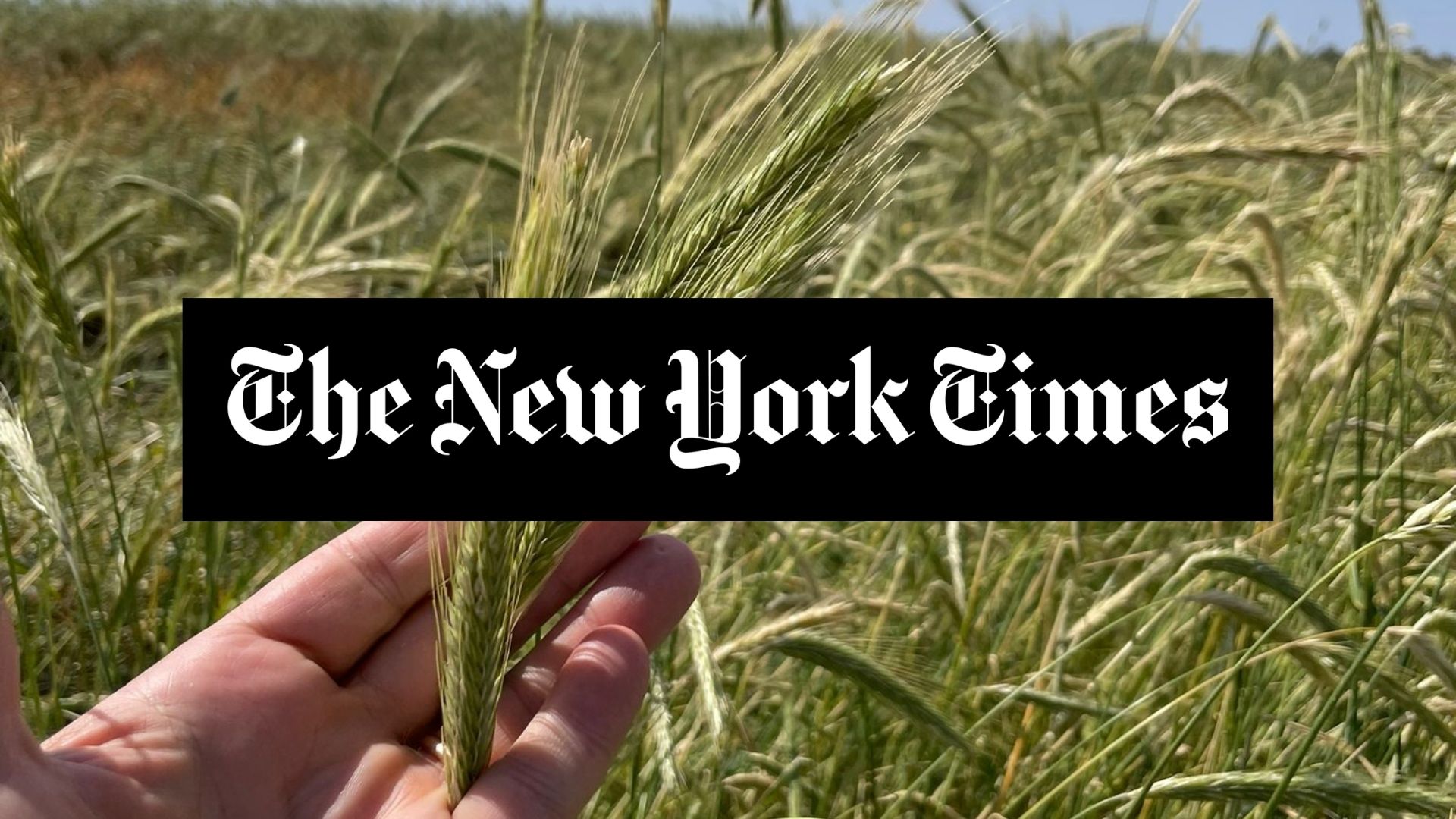True whole grains are harder to track down than you may think. We’ve been saying this for a while: “practically everything you see in the USA labeled as whole wheat is not whole.” That’s possible because food labeling practices are designed to maximize profit, not to convey facts. This time it’s not only us saying this, but rather Hannah Seo in her article for the New York Times, “What Are Whole Grains, Anyway?”:
The front of a food package is basically a marketing tool. Anyone can include the words ‘whole grain’ on their food packaging without the food having to adhere to strict standards. Even foods with insignificant amounts of whole grains can still bear the label.
Dietary guidelines say adults should consume at least three servings of whole grains per day. However, most people only get from 25-40% of those amounts. If Americans are not getting enough whole grains in their diet is, partially, because “the definition of a whole grain food is murky.”
So, What are Whole Grains?
Simply put, whole grains contain all three parts of the original grain kernel:

-> Bran: On the very outside. A source of fiber, B vitamins, and minerals
-> Endosperm: The middle layer made of carbohydrates, with some protein and vitamins
-> Germ: The core. Packed with vitamins, healthy fats, and other beneficial compounds.
The most common example of a mislabelled whole grain product is whole wheat. Just because a package says whole wheat, it doesn’t mean that the entire original kernel was used. In fact, industrially milled “whole wheat” has the bran and germ added back in. How can you be sure that your whole wheat is actually whole? Get stone ground whole wheat and, even better, get to know your grain miller (looking at you, Filippo Drago!).
How to Choose Whole Grains
Hannah offers some good advice to help you make the best choices. The key takeaway? “When in doubt, go for the pure grain”. Going for products that only have one ingredient is the easiest way to know for sure you’re getting actual whole grain.
Finally, one last tip: “If you ever start to get bored with the grains on your plate, mix things up”. If you’ve had enough brown rice or whole wheat pasta, try red or black rice. Yes! Red and black rice are 100% whole grain. To keep all their pigment and fragrance, each rice kernel is gently peeled from the husk and left whole with both the germ and bran.
Looking for inspiration? Here are some of our favorite recipes with whole grains:
- Pesto alla Trapanese with Busiate Pasta
- Sicilian Whole Wheat Pancakes
- Red Rice Salad with Raisins, Saba, Pine Nuts, and Mint
- Black Rice Summer Salad
- Sicchie d’a Munnezza Busiate Pasta
Read the whole New York Times article What Are Whole Grains, Anyway?
